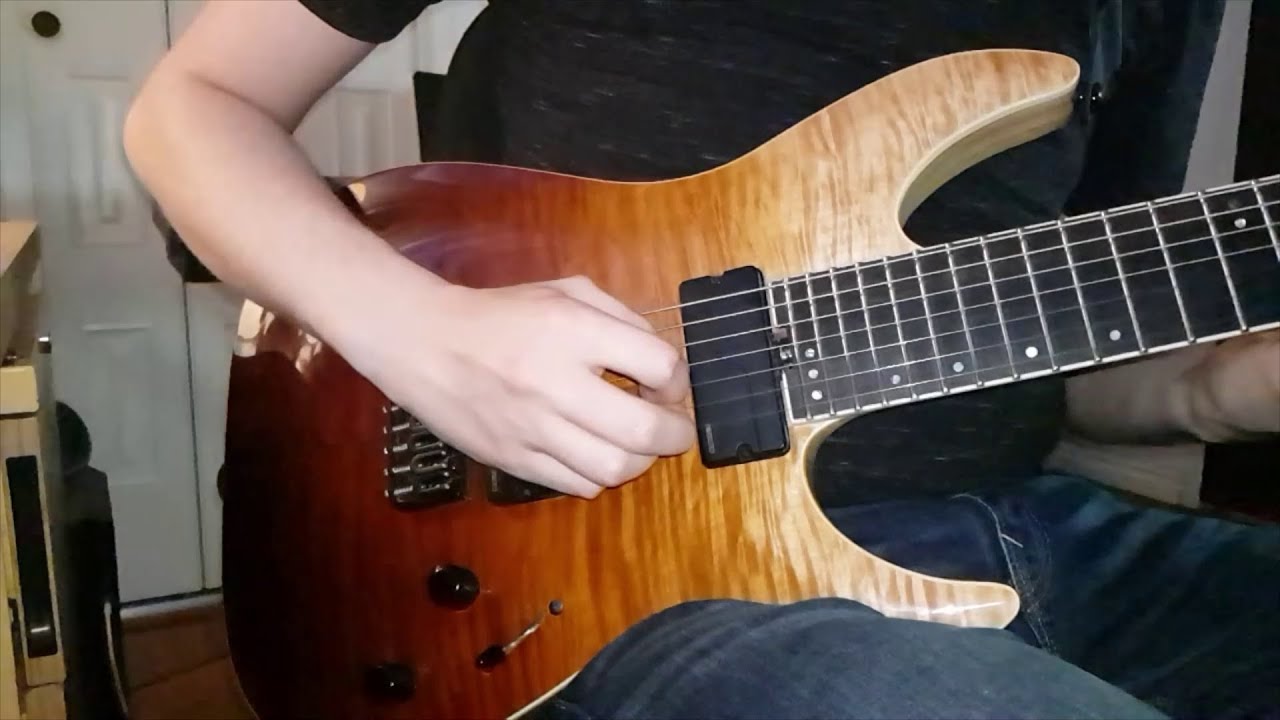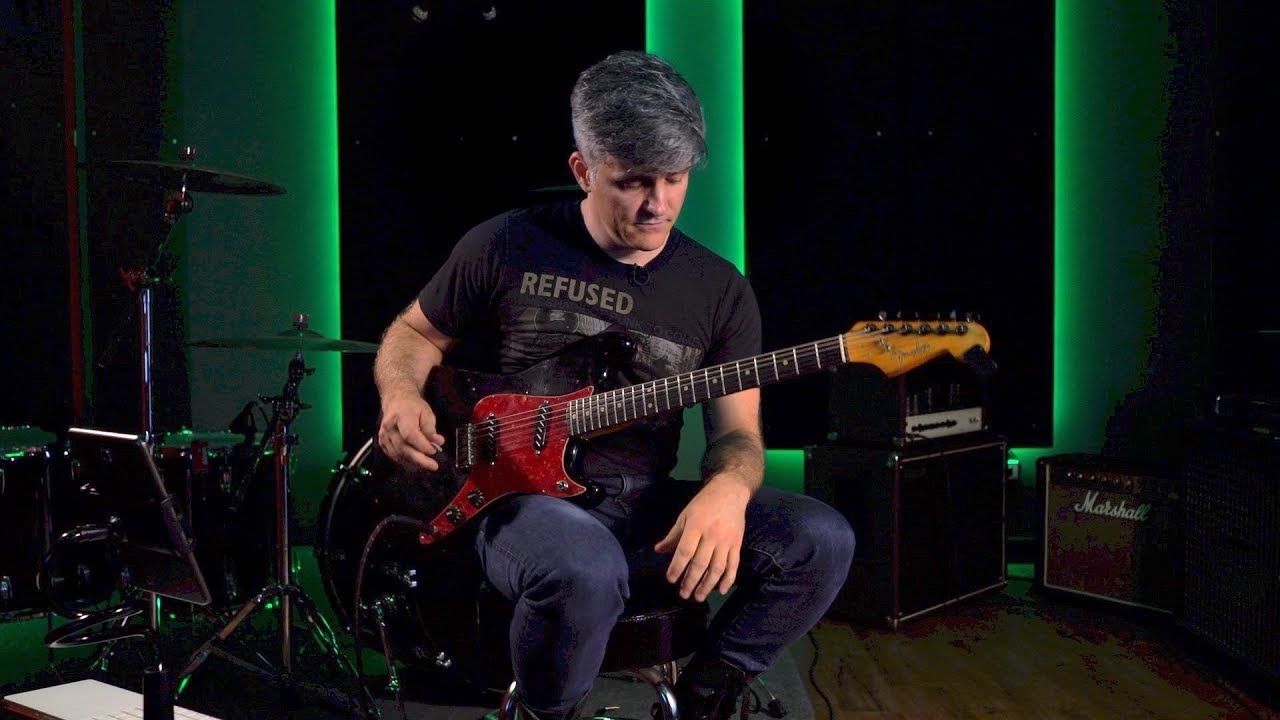Thanks for all the responses, guys! I don’t have time to respond to everything, but I’ll try to cover some of the main topics and questions.
Multiple people have suggested that I should spend time experimenting. I want to be clear that I’ve spent a lot of time doing this in the past without much success. Of course I’m not unwilling to try it again, but I know that it will take me significantly longer than most people for experimentation to lead anywhere.
Hey @AndreasNasman, I’ll try to answer a bunch of your questions.
I think there’s a big difference in forcing yourself to practice and doing it spontaneously or because you want to.
To be honest, force might be too harsh of a word. Most days I was genuinely quite motivated, and even went far beyond the 30 minute mark because I wanted to. Not all days were that smooth, but most were.
Are you exaggerating the vibration issue in the second video or is that the amount that occurs when you’re playing?
Genuinely no. I tried to keep my hand in place as best I could while recording that. This clip was also the first take.
Is the source of the vibration the whole arm or just the hand?
Well, I think it’s just unintentional extension/flexion in the wrist, but my forearm moves as a result of that motion too. Like when my hand goes down, my arm goes up and vice versa. Something about primitive lever mechanics probably explains that… That’s why I think vibration is the best term for it.
Does the vibration happen separately in both hands or is one hand vibrating as an effect of the other one?
No it’s totally independent.
Could you elaborate on this a bit? Do you mean that strings with more resistance amplifies the vibration issue? I don’t quite follow.
When your pick pushes through the string, the string pushes back due to basic Newtonian physics. In the extreme case where your hand is 100% relaxed like the hand is dead, your hand would be pushed away from the guitar. Most people are able to fight this pushback with a tiny amount of tension or a tiny amount of flexion, even if you can’t feel it, but a small amount of downward force is definitely required to keep the picking motion linear.
In my case, this pushback seems to act like a catalyst to set off the bouncing motion early. But I’m less confident about this detail.
I understand you want to keep this thread focused on your USX picking motion, but I think posting a video or your DSX technique could help here!
Since everyone is asking, I’ll try to include a recording of this. Might take some time…
Do your hands, one or both of them, do the same vibration you described earlier when doing your DSX picking motion?
Yes, but you probably won’t be able to see it. I push my thumb into the lower register strings to dampen the vibration to the point where it actually looks quite flat when everything goes right. It doesn’t feel flat though. And sometimes my hand jumps a little bit too much to where the dampening isn’t sufficient.

 I read through this topic as thoroughly as I could; forgive me if I missed something!
I read through this topic as thoroughly as I could; forgive me if I missed something! 
 I think experimenting with something more than just pure wrist deviation could be beneficial!
I think experimenting with something more than just pure wrist deviation could be beneficial!







